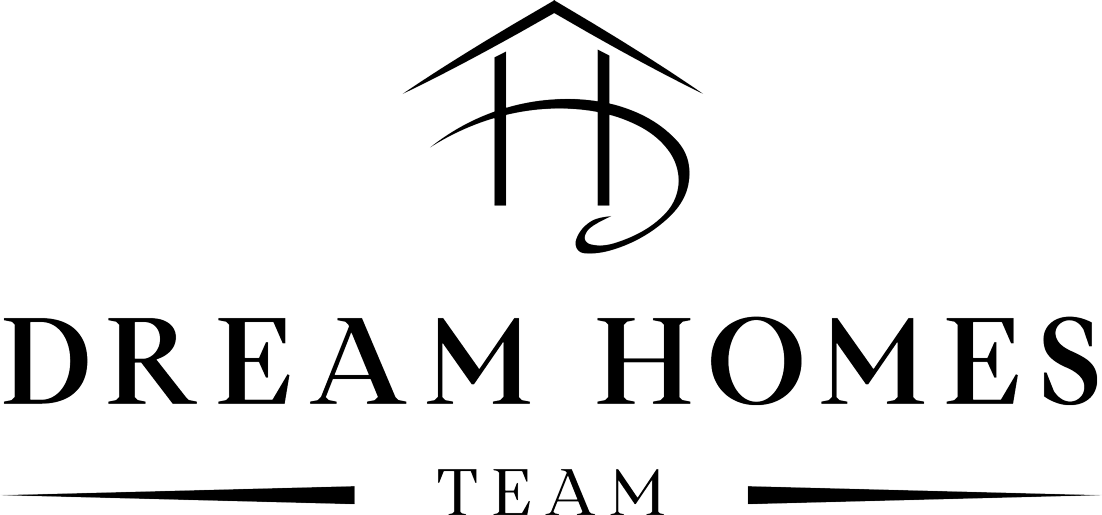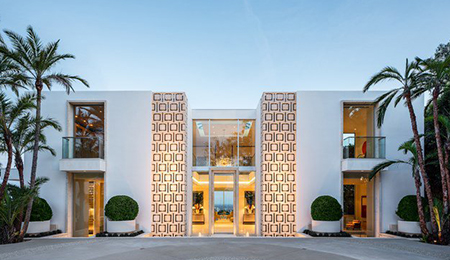Here’s how homebuyers can improve housing affordability with 2-1 buydowns.
This strategy represents the ultimate approach I’d take if I were in the market to buy a house, even with the current higher interest rates. It combines the power of a 2-1 buydown and your tax write-offs and requires just a 5% down payment. Surprisingly, this results in a monthly payment lower than what you’d have with a 20% down payment.
Let’s use an example of an $800,000 home. If you were to put 20% down, that’s $160,000 at a 7% interest rate, leading to a monthly payment of about $5,300. Even if you explored an interest-only loan, your payment would still hover around $4,800. Now, let’s dive into the incredible 2-1 buydown strategy.
Here’s where things get interesting: you can leverage your tax write-offs on your mortgage interest, which becomes an invaluable asset for long-term investors. It’s crucial to look beyond short-term gains and embrace the significant tax benefits, especially when interest rates are on the rise.
“The benefits of a 2-1 buydown can last for a long time.”
So, what’s a 2-1 buydown? In simple terms, during the first year, your mortgage payment is 2% lower than the interest rate, and in the second year, it’s 1% lower than the interest rate. Now, consider the same $800,000 property but with only 5% down, which translates to a mere $40,000 on a conventional loan.
Initially, the monthly payment appears higher at $6,600. However, we have a strategic advantage–a 2-1 buydown credit that ensures the sellers cover the cost of buying down your interest rate for the first two years. So, the scenario plays out as follows: In the first year, your mortgage payment becomes $5,700. In the second year, it’s $6,100. Now, the clincher–tax write-offs. You can write off up to 30% of your mortgage interest in both the first and second years. After some calculations, this roughly amounts to about $15,500 per year. When divided over 12 months, you gain a net savings of $1,300 each month on your mortgage payment.
Factor in this deduction, and your first-year net payment drops to $4,400, while the second year comes in at $4,800. Remarkably, these figures are lower than you’d encounter by putting down 20% on an $800,000 property.
This strategy offers an unparalleled advantage, and it’s essential to think outside the box, strategize, and navigate the ever-evolving real estate market effectively. If you have any questions, please call or email me with any questions. I look forward to hearing from you.



